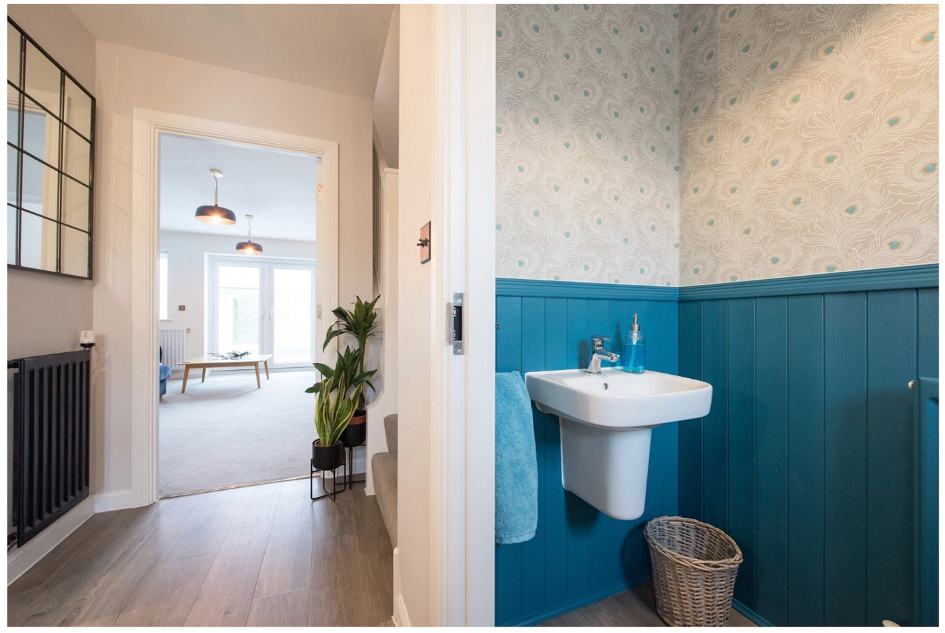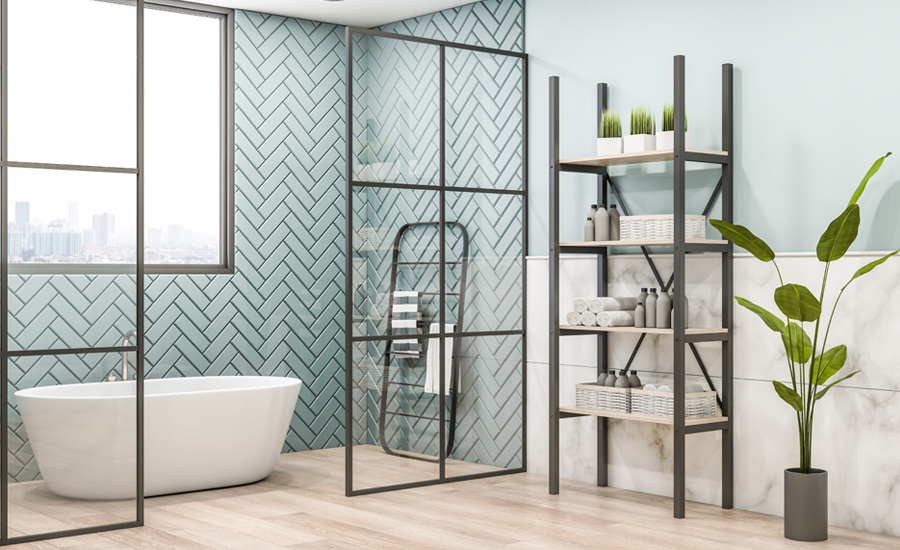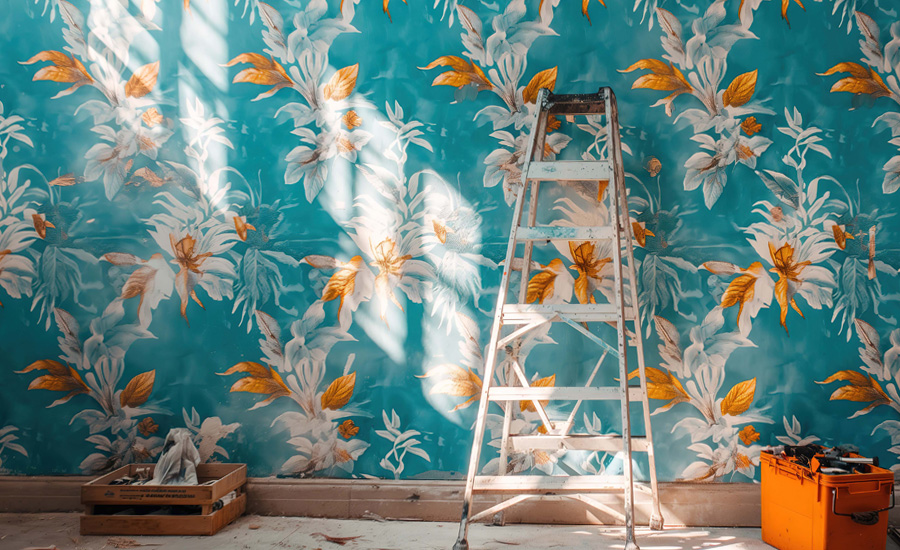Peel and stick wallpaper and tiles are all the rage for their ease and affordability. However, improper application can quickly turn this easy project into a fiasco. My personal experience with peel and stick wallpaper and backsplashes taught me a valuable lesson. Here’s what not to do:
- Sloppy Prep: A clean, dry surface is essential for proper adhesion. Thoroughly clean the surface with a cleaner and let dry completely.
- Ignore Samples: Order samples to check color, texture, and compatibility with your surface and room lighting. Leave samples in place for one to two weeks to test adhesion.
- Applying to Textured Surfaces: The adhesive does not adhere properly to textured surfaces, resulting in peeling. Even a light texture can be problematic.

Make sure the application surface is clean and dry before starting.
- Application on freshly painted walls: The paint must be completely dry (at least two weeks, or even four in humid or cold climates). Moisture in the paint will prevent the adhesive from working properly.
- Improperly handling the material: Avoid overstretching the material during application to avoid wrinkles, bubbles, and misaligned patterns. Use a smoothing tool gently to avoid damaging the surface.
- Ignoring reviews: Read customer reviews carefully before purchasing. My negative experience with cheap backsplashes taught me that negative reviews are often justified.
By following these tips, you will greatly increase your chances of success with your wallpaper or peel and stick tile project.





